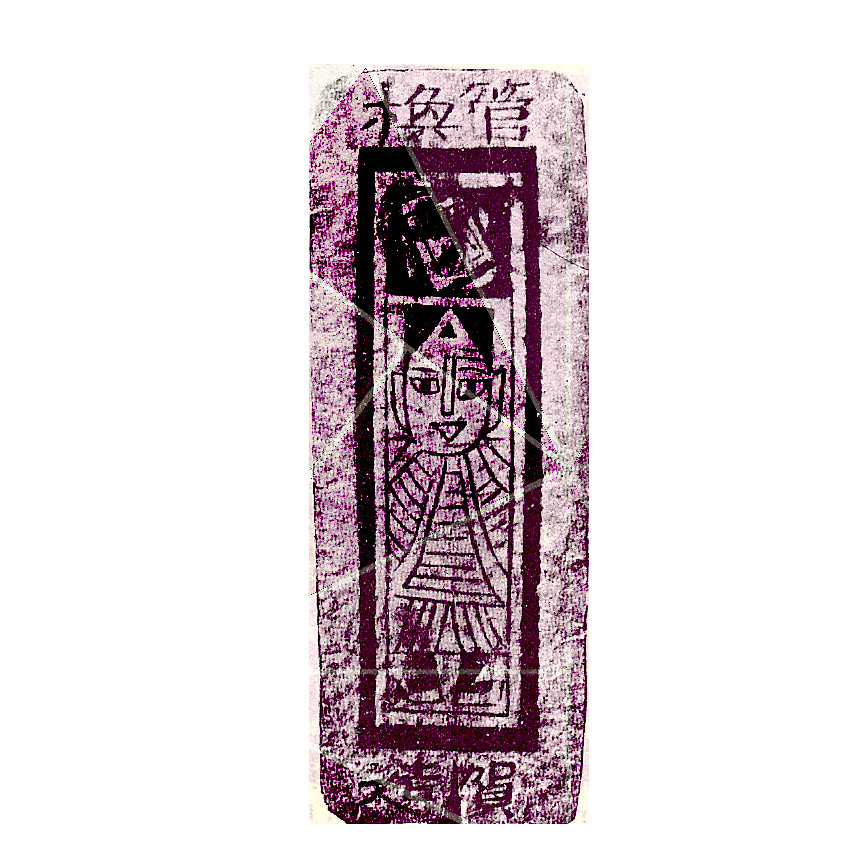We asked Jake Birkett, co-creator of Regency Solitaire, to help us explain the enduring popularity of card games.
The earliest recorded card games in China date back to the Tang Dynasty (618-907 AD). These games typically involved cards made from paper or silk, with designs and symbols printed on them. They were primarily played for entertainment and gambling purposes.

Card games were introduced to Europe by the Arabs in the 14th century. The first European card games were similar to the Chinese games but featured different designs and suits.
What's the appeal of card games?
Card games have lasting appeal because cards are portable, quick to set up and you can use many rule sets to play both simple and complex games with them. Cards themselves can be very stylish and collectable items. By using them in digital games, they are an instantly- recognisable format for elegantly conveying small chunks of information to players.
-- Jake Birkett
The English speaking world is probably most familiar with the French version - clubs, spades, hearts and diamonds, which evolved from suits such as spades and acorns.

Over time, European card games evolved into many popular games, including poker, blackjack, and bridge.
In the late 19th century, mechanical card machines were invented that could shuffle and deal cards automatically. These machines were used in casinos and gambling establishments, and they helped to standardize the rules of many popular card games.
In the 1970s, the first video poker machines were invented. These machines used electronic screens and random number generators to simulate the shuffling and dealing of cards. Video poker quickly became popular in casinos and bars.
Computer card games: As computers became more widely available in the 1980s and 1990s, computer card games became popular. These games, such as solitaire, were typically included as part of the operating system on personal computers.

The popularity of collectible card games: The 1990s saw the rise of collectible card games like Magic: The Gathering and Pokemon. These games involved players building decks of cards with unique abilities and pitting them against each other in strategic battles.

Online card games: With the advent of the internet, online card games became popular in the 1990s and 2000s. These games, such as poker and bridge, allowed players from all over the world to compete against each other in real-time.
The fusion of genres: Over decades, developers have combined mechanics from different game genres to create unique and challenging experiences that draws on the strengths of each genre. For example, roguelike games (procedurally generated levels and permadeath) emerged in the 1980s. Popular card game Slay the Spire is a fusion of card game mechanics and roguelike gameplay.
With special thanks to Jake Birkett.